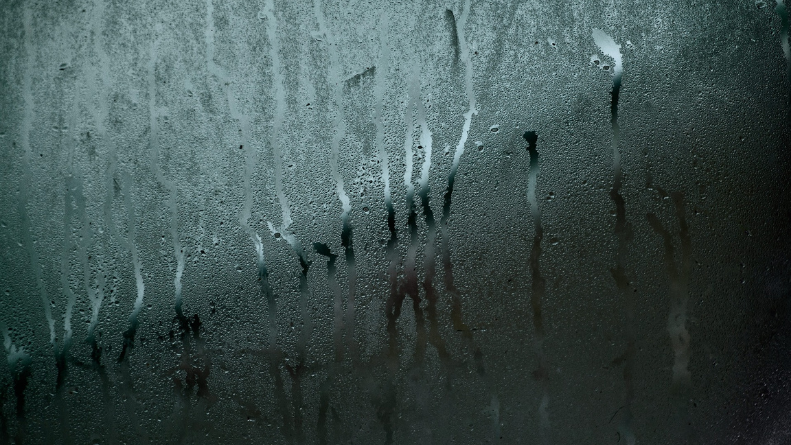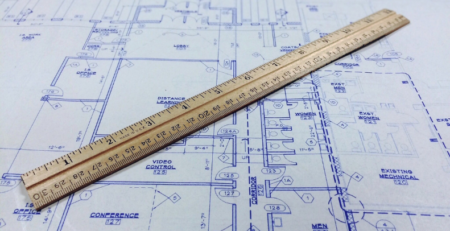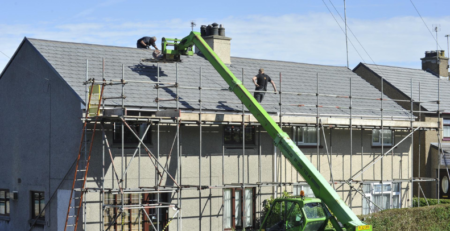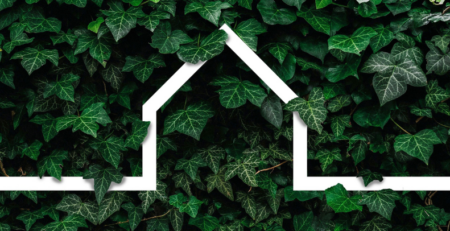The Causes of Condensation (and Treatment)
Causes of condensation may be a precursor to finding mould, so it is something you need to be on the look out for. Condensation can adversely affect your property and can be found in any type of building, whether a new build apartment or an old, listed building. Like with a lot of things, condensation can start small. But it can lead to a more serious situation that will be harder to deal with down the line, such as damp and mould leading to health hazards, and damage to furniture and walls.
When would you see condensation?
Picture an ice-cold drink on a hot, sunny day and what would you find? You will likely notice that the glass quickly becomes covered in condensation. This is because condensation arises when warm air meets cold surfaces, or where you find excessive humidity in the home, especially in wintertime, which we are now fast approaching. People start to turn on their central heating in the cooler times of the mornings and evenings.
However, it’s not just the central heating that contributes to causing condensation. Many other activities, like showers and baths, cooking, drying clothes, or even just breathing, add moisture into the air, causing it to contain a lot of moisture. When this warm air and moisture touches a cold or chilly surface, it rapidly cools and releases the water to form droplets.
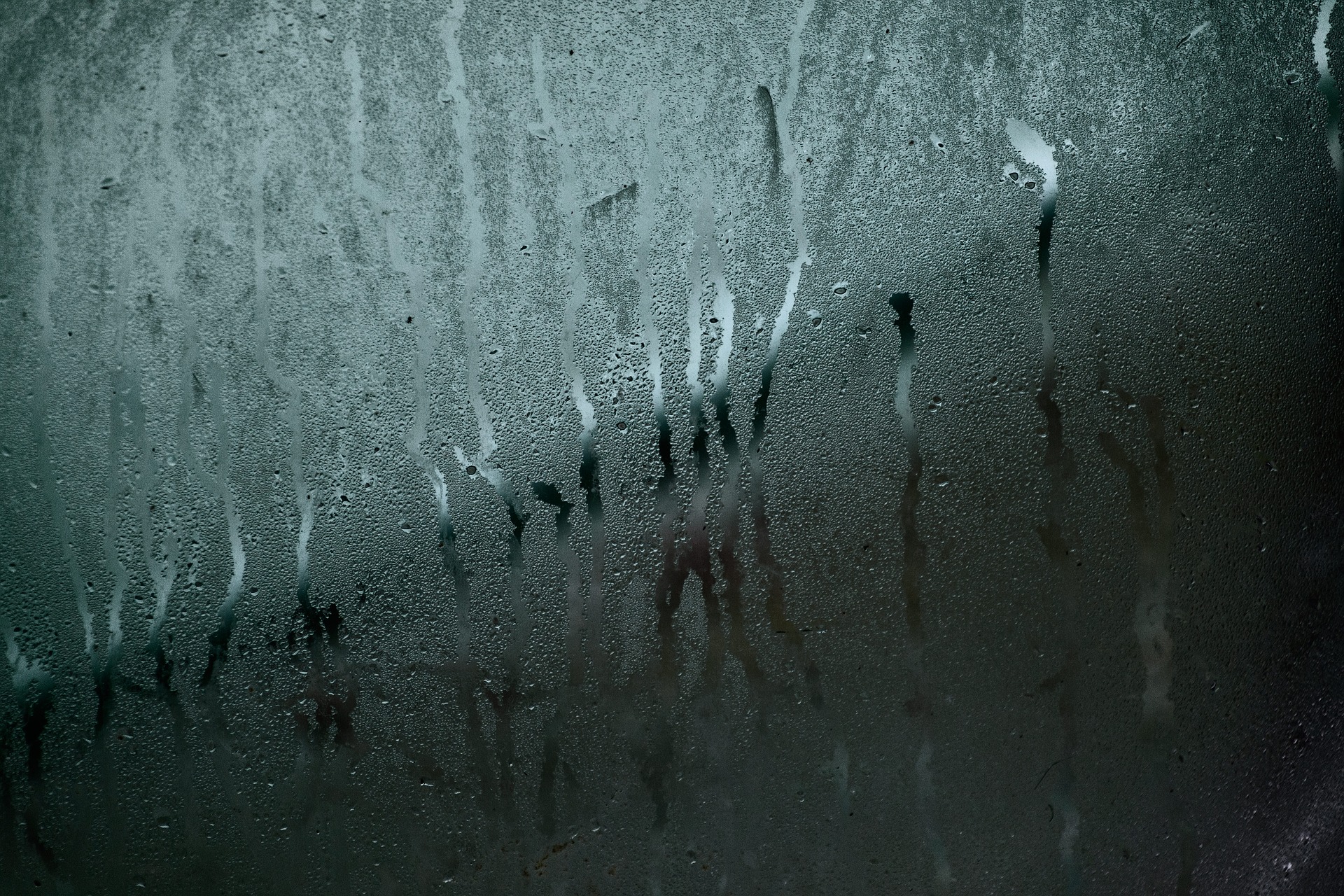
As you’ve probably noticed in your own home, condensation is seldom an issue in the summer months with the warmer surfaces and better ventilation, and air moisture is higher when it is colder. In the colder months, we typically keep the doors and windows closed all the time, trapping in the moisture, and of course, the central heating is also on. Furthermore, as the outside temperature lowers, the temperature gradient change can form condensation droplets inside the home, particularly on windows and walls.
One of the issues with condensation is it makes it much easier for mould to take hold on the damp surfaces, especially on the windows, walls, and ceilings. Mould doesn’t look particularly pleasant, but more seriously, it can adversely affect human health, causing issues like skin rashes and bronchitis.
Remedial steps for dealing with condensation
Remedial action starts with controlling the amount of condensation you have in the home. The most practical way to achieve this is by using a squeegee or cloth and wiping down the moisture droplets from surfaces where the build-up is happening. A squeegee will work well on smooth surfaces like glass and tiles, and once finished, a soft towel will work well to dry the surface.
When the house has been dried down, you can then look at methods to prevent condensation from coming back. To reduce the amount of humidity build-up in the house, you could use a dehumidifier, which is very good at sucking in air and removing moisture from it. The water collects in containers which can easily be emptied down the sink. Place one dehumidifier in each room that you find particularly bad at condensation—most likely being the kitchen and bathrooms. Don’t forget the bedrooms, either, especially rooms that have more than one person sleeping in them, as warm breath can build up and condense on surfaces.
Besides purchasing some dehumidifiers, there are also some very simple things that can be done, and which don’t cast anything to implement. When in the kitchen cooking, for example, if you keep pots and pans covered as much as possible, this will help reduce the amount of moisture escaping into the air. Also use the extractor fan if you have one and be sure to keep it clean and the filters changed regularly. And if you haven’t got an extractor fan, just keep the window open, even if it is just a little while you are cooking. This also goes for when you have the tumble dryer going or taking a shower. Containing the moisture in just one room is better than letting it pass through the house so keeping doors shut will help achieve this.
Lastly, this following tip involves a trade-off. If you can heat your home evenly and not just the rooms you use regularly, this will help prevent condensation build-up on colder surfaces. Of course, this will have a cost implication if you are wanting to save on energy costs and only want to heat the rooms that you use the most.
Long-term considerations
Preventing condensation is far easier than trying to cure it. Basically put, there’s no getting around the fact that there’s only one way to prevent long-term condensation, and that’s with proper ventilation and insulation.
Condensation is dependent on the buildup of moisture in the warm air of the house, and so ventilation is the key to preventing high levels of condensation. When it’s cold, no one wants to leave their windows open; that would be a waste of energy and money. Having extractor fans in places of high condensation, like the bathroom and kitchen, is a very good idea. Consider having them installed if you haven’t already got them.
Improving your insulation to keep walls above the dew point is also a good idea to prevent condensation, the point at which the temperature in which air moisture turns into beads of water (check with your local council to see if they are offering any help in this regard).
ARE YOU READY TO START INVESTING?
Subscribe to our mailing list now for exclusive deals, investment guides and the latest information from the property market.

